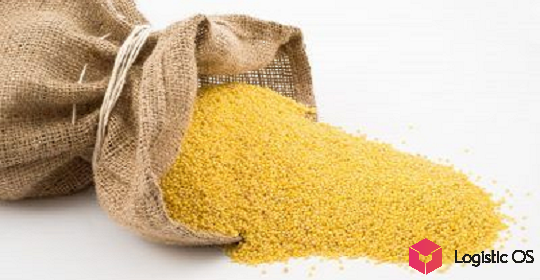Payments under agricultural insurance contracts this year reached very high levels and totaled more than 2.1 billion rubles.
When compared with the same period last year, in the first half of 2024 payments from insurance companies in favor of farmers increased very significantly.
There is an increase of 2.9 times, to 2.1 billion rubles.This was stated by the President of the National Union of Agricultural Insurers (NUA) Korney Bizhdov.
At the same time, a significant share of the volume of these payments consists of compensation paid to farmers due to the May frosts, which in early May of this year covered a significant part of the country and led to the loss of a large percentage of the crop.
According to the latest data, payments due to the May frosts amounted to 1.1 billion rubles. At the same time, as Bizhdov noted, this is a rather unique case when a single weather phenomenon turns out to be spread over such a large territory and causes colossal damage.
In general, according to the expert, the emergency insurance program copes with its tasks quite well, despite all the criticism that has been expressed against it.
The frosts clearly demonstrated both the existing risks to which almost all farmers are exposed, and the fact that the insurance program is capable of covering damage caused not only to one small farm, but also to dozens of enterprises throughout a large part of the country.
In particular, farmers from the Volgograd region were able to receive 610 million rubles, from the Tambov region — 174 million, from the Belgorod region — 126 million.
And these are far from record numbers. For example, in 2021-2022, farmers of the Stavropol Territory received payments of 2 billion rubles for risks created due to emergency situations.
At the same time, the emergency insurance program has another significant advantage: it is cheaper than most similar programs. True, it has significant limitations, since it only compensates for direct costs: seeds, fertilizers and equipment.
At the same time, in order for the insurance program to work more efficiently in the future, some important points need to be taken into account now, Bizhdov believes.
“The main lesson, in our opinion, is that we need to develop a model of interaction between all participants in the process during large-scale emergencies.
This is an exchange of information and documentary support for losses between the farmer, the regional body of the agro-industrial complex, the National Union of Agricultural Insurers, the insurance company and the federal Ministry of Agriculture,” he noted.
According to him, the practice of such interaction has already been developed, and it is planned to introduce it in the near future.

